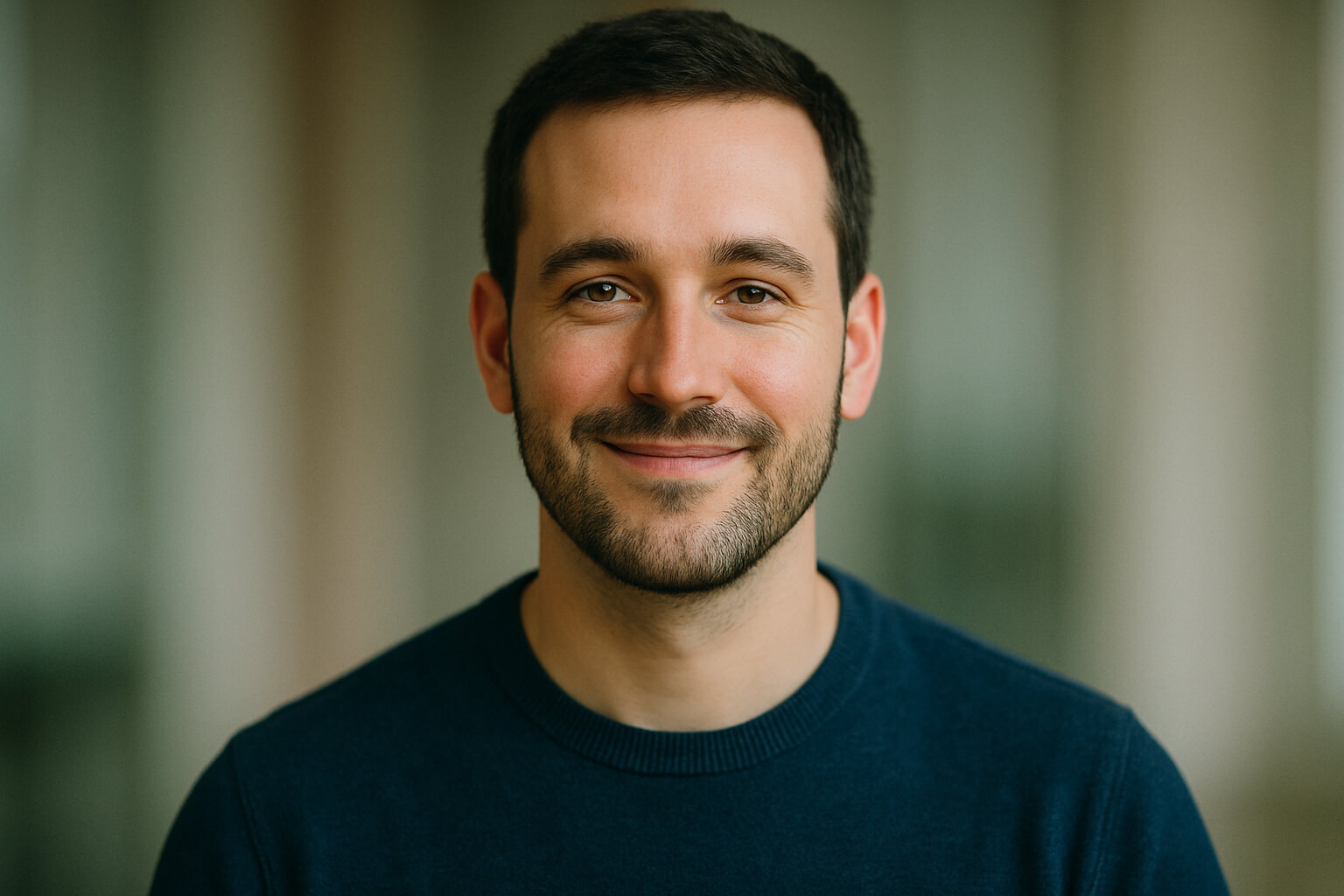Professional headshots are a key part of any personal or business brand. Whether you're updating your LinkedIn profile, creating a website, or simply enhancing your online presence, having a great headshot can make all the difference. This guide will walk you through the essential tips for taking amazing headshots, from gear selection to posing, lighting, and editing techniques.
Why Headshots Matter
Headshots are often the first visual impression people get of you, whether they see it on LinkedIn, a company website, or your portfolio. A high-quality headshot can convey professionalism, personality, and trustworthiness, which are essential for making a positive impact.
- Personal Branding: Your headshot represents your personal brand and can influence how potential employers, clients, or partners perceive you.
- Professional Networking: A well-executed headshot can make you stand out in online networks, making you more approachable and credible.
- First Impressions: Since headshots are typically the first thing someone sees when checking out your online profile, it’s crucial that they reflect the best version of you.
Related: How to Take Professional Headshots at Home
Essential Gear for Headshot Photography
Selecting the right gear is crucial to achieving professional-looking headshots that make a strong impression. Here are the essentials:
1. Camera: DSLR or Mirrorless Camera
2. Lens: Prime Lenses (85mm or 50mm)
- Prime lenses are the best for headshot photography due to their ability to produce sharp details with creamy, out-of-focus backgrounds (bokeh). The 85mm is particularly flattering for portraits, helping to avoid distortion and providing a natural perspective.
- Suggested Lens: Canon EF 85mm f/1.4L IS USM, Nikon AF-S NIKKOR 85mm f/1.8G, Sony FE 85mm f/1.8.
- Budget Option: Canon 50mm f/1.8 for excellent results at a lower price.
- Where to buy:
- Canon EF 85mm f/1.4L IS USM
- Nikon 85mm f/1.8G
- Sony FE 85mm f/1.8
- Best Lenses for Portrait Photography
3. Tripod: Stability is Key
4. Lighting: Soft, Diffused Lighting
6. Reflectors: Fill Shadows
- A reflector helps bounce light onto the subject, softening shadows on their face and making the lighting even and pleasing. Choose a 5-in-1 reflector that offers different surfaces, such as silver, gold, and white.
- Where to buy:
- Neewer 5-in-1 Reflector Kit
- Must-Have Camera Accessories
Lighting Tips for Stunning Headshots
Lighting can make or break a headshot. Here's how to use it to your advantage:
1. Natural Light: Soft and Flattering
- Natural light is your best friend in headshot photography. Position your subject near a large window where the light can flood in evenly. Avoid direct sunlight, as it can create harsh shadows and overexposure. The golden hour (early morning or late afternoon) is perfect for softer light.
- How to Use Natural Light for Stunning Photos 2025
2. Studio Lighting: Softboxes and LED Panels
- If you're shooting in a studio, softboxes and LED panels provide controlled lighting that you can adjust. Softboxes create a soft, even light that reduces shadows on the face, while LED panels allow for versatile color temperature adjustments.
- Photography Artificial Lighting Guide
3. Rembrandt Lighting: Dramatic Shadows
- Rembrandt lighting is a classic portrait lighting technique that creates a triangular light pattern under the subject's eye. It's perfect for adding dimension and depth to your headshots.
- What is Rembrandt Lighting in Photography
4. Split Lighting: Strong, Contrasting Look
- Split lighting is a technique where half of the subject's face is lit and the other half remains in shadow. This can create a dramatic, high-contrast look perfect for a more artistic and powerful headshot.
- What is Split Lighting in Portrait Photography
Posing and Composition for Professional Headshots
Posing is key to creating flattering, natural-looking headshots. Here are some posing tips:
1. Relax the Subject
- Tension shows in photos. Make sure your subject feels at ease by engaging in casual conversation or playing music. Relaxed shoulders and soft facial expressions will result in a more natural and inviting headshot.
2. Use Slight Shoulder Angles
- Turn the shoulders slightly to add depth to the shot. A slight angle to the camera makes the subject look more dynamic and interesting while also preventing the shot from looking too stiff.
3. Focus on Posture
- Good posture conveys confidence. Encourage your subject to sit or stand up straight with their shoulders back, but not too rigid. The posture should feel natural and confident, not forced.
4. **Eyes are the
- Focal Point** The eyes should always be the sharpest and brightest part of the headshot. Make sure they are in focus, as they are the first thing people will look at when viewing the image.
- What is Negative Space in Photography
Editing and Post-Processing Tips for Headshots
Editing can take a good headshot and make it great. Here’s what to focus on:
1. Skin Tone and Lighting Adjustments
- Ensure the skin tone looks natural by adjusting the white balance and contrast. Don’t overdo it on skin softening; keep the details to avoid making the photo look overly edited.
2. Retouching for a Polished Look
- Subtle retouching, like removing blemishes, stray hairs, or minor distractions, can enhance the final image. But avoid over-retouching, as the goal is to keep the headshot looking authentic.
- How to Remove Unwanted Objects from Photos
3. Presets for Consistency
Final Pro Tips for Perfect Headshots
1. Communication: Keep the conversation flowing to ensure your subject feels comfortable. Relaxed subjects yield the best headshots.
2. Backgrounds: Keep backgrounds simple. Avoid anything too busy or distracting.
3. Sharpness: Always ensure that the eyes are in sharp focus — the most important part of any headshot.
With these tips and the right gear, you can create headshots that are professional, flattering, and make a lasting impact. Whether you’re shooting for personal branding or your clients’ needs, great headshots start with good preparation and the right tools.
